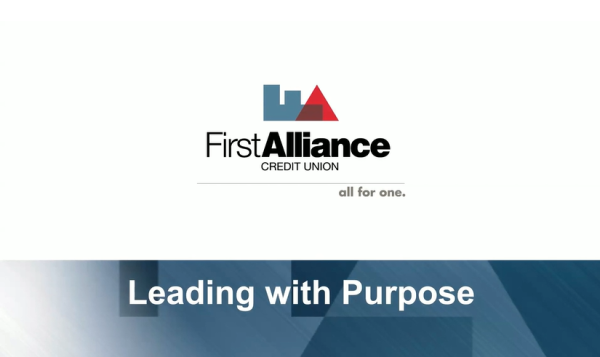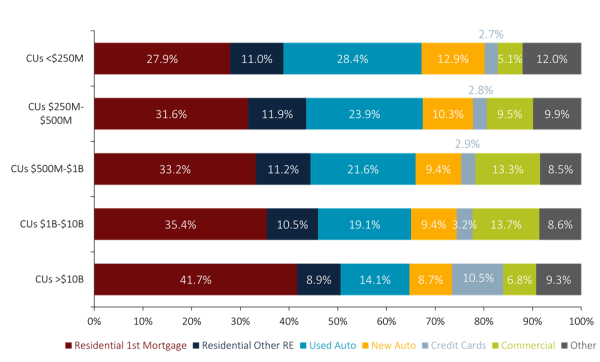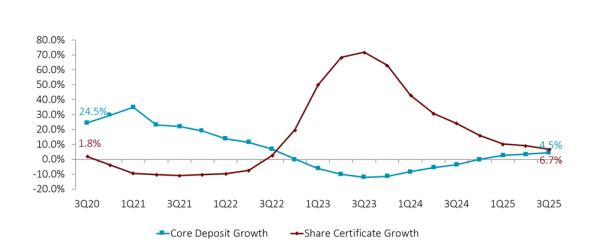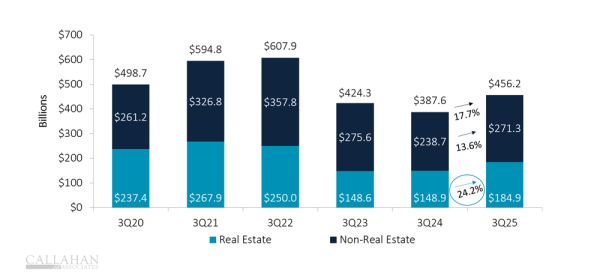5 Takeaways From Trendwatch 1Q 2025
With economic uncertainty on the horizon, credit union members are moving money into lower-term deposits and paying down debt, helping to boost margins and lower delinquency across the industry.
With economic uncertainty on the horizon, credit union members are moving money into lower-term deposits and paying down debt, helping to boost margins and lower delinquency across the industry.
With shares outpacing loans and indirect lending bringing in fewer members, credit unions focused on what they do best in the fourth quarter: serving core members.
After adjusting to a new normal following a slew of rate increases, repricing opportunities could be on the horizon.
Credit union performance in the third quarter echoed that of the second, with continued tightening of liquidity, diminishing ROA, and deteriorating asset quality.
As credit unions repriced their asset portfolios, higher loan and investment yields bolstered margins and revenue. However, stiff competition for liquidity increased the cost of funds.
The Tennessee cooperative uses a “balanced balance sheet approach” to ensure steady growth in lending and deposits.
Line of credit usage increased just as the Federal Reserve began to hike interest rates, increasing the cost of borrowing for credit unions across the country.
Dive into the performance trends that shaped the final quarter of the year, and learn how those metrics could impact the months ahead.
Cash and investments at credit unions was down at year-end 2018 as credit unions reallocated funds to fulfill loan demand.
The federal funds rate increased four times in 2018. Test your knowledge on the role these rate hikes play in credit union loan and deposit pricing.

Look beyond the headlines to better understand what is driving current market trends and how they could impact credit union investment portfolios.

Discover how First Alliance Credit Union is redefining success by putting values and member needs at the heart of everything it does.

Craft breweries demonstrate how commitment to value, operational agility, and community focus can ignite growth and drive property.

Inflation, debt, and income inequality are fueling a K-shaped, post-pandemic recovery, widening the gap between different economic segments and challenging lower-income households.

Quarterly performance reports from Callahan & Associates highlight important metrics from across the credit union industry. Comparing top-level performance and digging into the financial statement has never been easier.

Explore how credit union size influences growth, lending, and efficiency.

Accelerating membership growth signals the increasing influence of credit unions amid evolving interest rate trends and economic challenges.

Falling interest rates are changing the game for credit unions. Explore how potential shifts in lending, savings, and margins are set to affect the bottom line.

Explore the subtle shifts redefining the credit union core processing space and how these movements shape growth, innovation, and member experience.

The combination of the right philosophy and the right technology can set credit unions up for success even during difficult economic times.